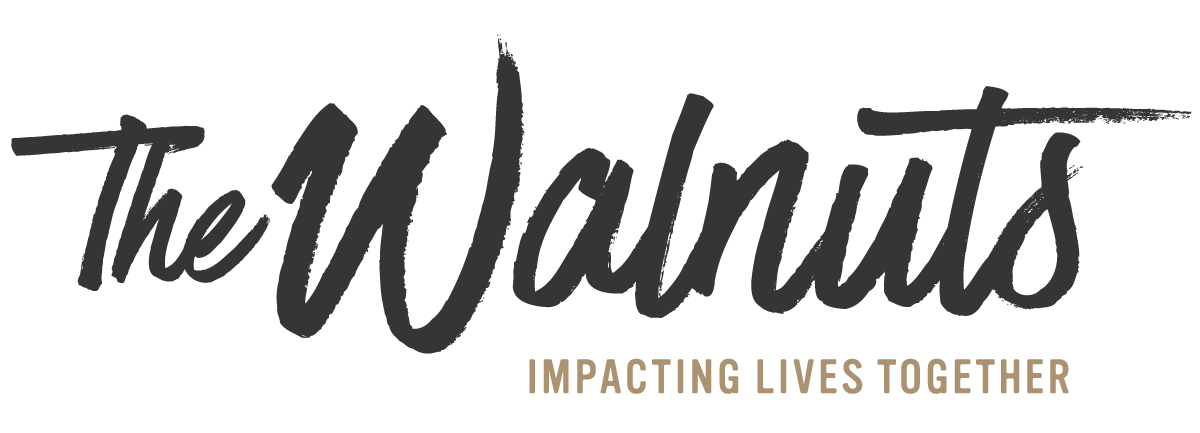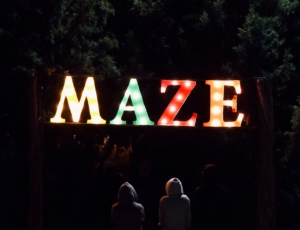The Grant Application Maze: Is there a Route to Efficiency?
The complexity of current systems
Navigating the grant application maze is a daunting task familiar to every non-governmental organisation (NGO). You are met with an array of requirements and guidelines, each demanding a meticulous level of detail and depth. And while these guidelines might deter a fraction of organisations, a substantial number still venture forth, hopeful and determined.
The volume problem
This approach, however, brings us face-to-face with a significant hurdle: The sheer volume of applications that flood the desks of institutional donors. This not only dilutes the pool of proposals but also raises a crucial question. Is there a route to efficiency that respects the time and effort invested by hundreds of organizations globally?
The hidden costs of inefficiency: a business case for streamlining grant applications
Current state: Let’s take a closer look at the investment behind grant applications. A conservative estimate suggests that each organization spends about 200 man-hours to complete an application. This estimate includes time contributions from various roles such as:
- Project Lead: 50 hours
- Grant Writer: 60 hours
- Subject Matter Expert: 50 hours
- PMEL (Planning, Monitoring, Evaluation, and Learning) Expert: 40 hours
While these are approximate figures, other roles such as finance managers and administrative staff may also contribute, as well as partner-staff, and consortia-efforts, thereby likely increasing the total man-hours involved.
Financial Implications:
Assuming an average cost of 70 EUR per hour per person, we’re looking at:
- 230 man-hours * 70 EUR/hour = 16,100 EUR per application
Now consider the sheer volume of applications. For a single grant, let’s assume 100 organisations apply (it’s often more):
- 16,100 EUR/application * 100 applications = 1,610,000 EUR
The Gravity of the Issue: Unveiling the True Costs
Yes, you read that right. More than 1,6 million euros are invested in man-hours for a single grant, with only one or at most a handful of these applications actually securing the grant. This presents a significant waste of resources, expertise, and time — all channeled into well-intentioned projects that never see the light of day. To provide a broader perspective, consider this: An average NGO applies for at least 10 grants a year. With a win rate hovering around 30% (a positive estimate, this percentage can vary widely between organisations) – many NGOs face the prospect of investing substantial resources into applications that, statistically speaking, are more likely to be rejected than accepted. This cycle perpetuates a high level of inefficiency and resource drain, compelling us to ask: isn’t there a better way?
Concept notes: A half measure?
Even when donors request an initial concept note, a tactic presumably adopted to streamline the process, organizations find themselves almost crafting a full-fledged program to meet the expectations set for these notes. It appears that the attempt to ease the process inadvertently extends the workload at the conceptual phase.
Seeking an overarching system: pros and cons
This reality prods us to ponder – could there be an overarching system that screens organizations on various criteria, allowing donors to select candidates based on predefined parameters? The idea of an international or EU-based standardised protocol for grant applications has been floating in various circles. Such a protocol could help by establishing a universal set of guidelines and criteria that organisations must meet. It could even go as far as creating a shared database where NGOs can submit their credentials and project outlines, making it easier for donors to identify and select viable candidates.
While this streamlined approach is tempting, and could potentially save millions in wasted man-hours and financial resources, it also raises questions. Would such a system be fair to all organisations, including smaller NGOs? They may not have the means to meet stringent international standards? What about the issue of data privacy, given that organisations would have to share potentially sensitive information on a public or semi-public platform?
A case study: our experience with BUZA
To illustrate this: Recently, we engaged in a unique proposal process spearheaded by BUZA. They appeared to take an innovative approach to the application process. The initial indications led us to believe they were expecting a manageable pool of around 15 applications. However, judging by the number of questions flooding their Q&A section, it became clear that the issue of high-volume applications had not yet been fully addressed. While we commend BUZA for attempting a different strategy and often offering multi-year programmes, it’s evident that the quest for a more efficient system remains a complex challenge, underscoring the need for a broader, industry-wide dialogue.
Call to Action: Time for change
This situation inevitably leads us to a crossroads, compelling us to rethink the status quo. To us, It’s more than evident that the current system, designed to meticulously scrutinize applications, may in fact be channeling vast amounts of resources inefficiently. Could there be a more streamlined, cost-effective way of allocating grants? A system that respects the tremendous effort placed in each proposal. Providing a fair chance to organisations aligning with the donor’s vision?
Localising Aid: A Step Toward Efficiency?
As we discuss the need for a more efficient grant application process, it’s essential to touch upon the trend of localising aid. Some donors are already taking steps in this direction by directly funding local NGOs, albeit often with smaller grants. Localising aid not only empowers communities but could also significantly reduce the administrative burden and cost for international NGOs.
In fact, this sentiment aligns with the Donor Statement on Supporting Locally Led Development released in December 2022 at the Effective Development Cooperation Summit. The statement emphasizes the need to “shift and share power to ensure local actors have ownership over and can meaningfully and equitably engage in development, humanitarian, and peacebuilding programs. Could an efficient, streamlined grant application process be the key to accelerating this much-needed shift toward localisation? By simplifying the process, we might open up opportunities for local organisations to compete more effectively for funds, thereby contributing to a more inclusive and efficient aid ecosystem.
The way forward: an exploration
So, in conclusion, we believe it’s time to open a dialogue on reforming this system. For that reason, this business case is our opening statement. We invite stakeholders, organizations, and experts to contribute their insights and collaborate toward finding a more efficient, fair, and financially responsible approach. Curious to your thoughts! Put them below in the chat!
In this exploration, we aim to delve deep, inviting insights from industry experts to shed light on this pressing issue. Stay tuned as we unfold the layers of the grant application maze. We will seek answers and hopefully, together with others, pave the route to a more efficient, collaborative future in grant applications.

 Greet van Walraeven
Greet van Walraeven


Thanks Wendy.
Over the years I have seen several attempts to do things differently.
– In the past, the difference between concept note and full proposal was less made then now. Although some donors, are still doing it. But the overall standard is: two-stage applications. Some donors use three stages. At least it saves time and money for many;
– Some donors do intakes, like Netherlands Enterprise Agency. I am not sure how effective this is, since many still apply, but at least for the applicant this is nice and time saving;
– Some donors require meeting standards, like organisational assessments, like MoFA. That will reduce the number of applications, but many nowadays do have ORIAs;
– A try out by Norad is now giving organisation with a system like ORIA, extra points, and more flexibility in conditions for implementation. Since this just started, we still need to see results of this.
– Another option is asking for more co-funding from applicant. I don’t know the results of this, since still huge numbers of applications are sent in to donors. Even the challenge fund, which strives for a 66% contribution sometimes of applicants, still receives many applications;
– Dutch MoFA, uses a pool or fixed number of applicants for emergency relief application. So the number of proposal is reduced, the negative side is that a group of potential good applicants is cut off.
– I also see a tendency to reward track record more.: you can hire a good concept note writer, or use AI to make a briljant concept note/ proposal, but that does not make you a good implementer. Track records could count for 40% of the points to be gained. I think this is good, but donors do give room for innovations. You have specific funds for this, but these are also flooded by applications….
On the other hand you see donors, making criteria or topic selection upfront more strict: very specific requirements. And rigid assessment. The number of EU proposals which are rejected upfront are huge. So organisations need to do their homework as well. And sometimes need to say no to donor opportunities. As Woord en Daad we do an analysis upfront about the costs of opportunities. It should be worthwhile investing in.
My way forward, a few suggestions:
– Keep the concept model, and @ donors: please do as much as possible to make the first selection as labour saving as possbile for applicants;
– Look at a model which reward collaboration (in the sense it reduces the number of applications). So collaboration should be rewarding;
– The NGO sector is very competitive. Maybe due to the high % of dependency on grants. Everybody is underlining their own uniqueness. In the investment world, the competition seems less. Recently I heard an investor who worked in the NGO sector saying: ‘at least we try to work together’. You do investments together, as this also spreads risks. Interesting to think further about this? So how can you contribute together, instead of competing?
– I like the idea of Norad: if you do your homework upfront, you are rewarded in the application process. Let’s monitor how that is working.